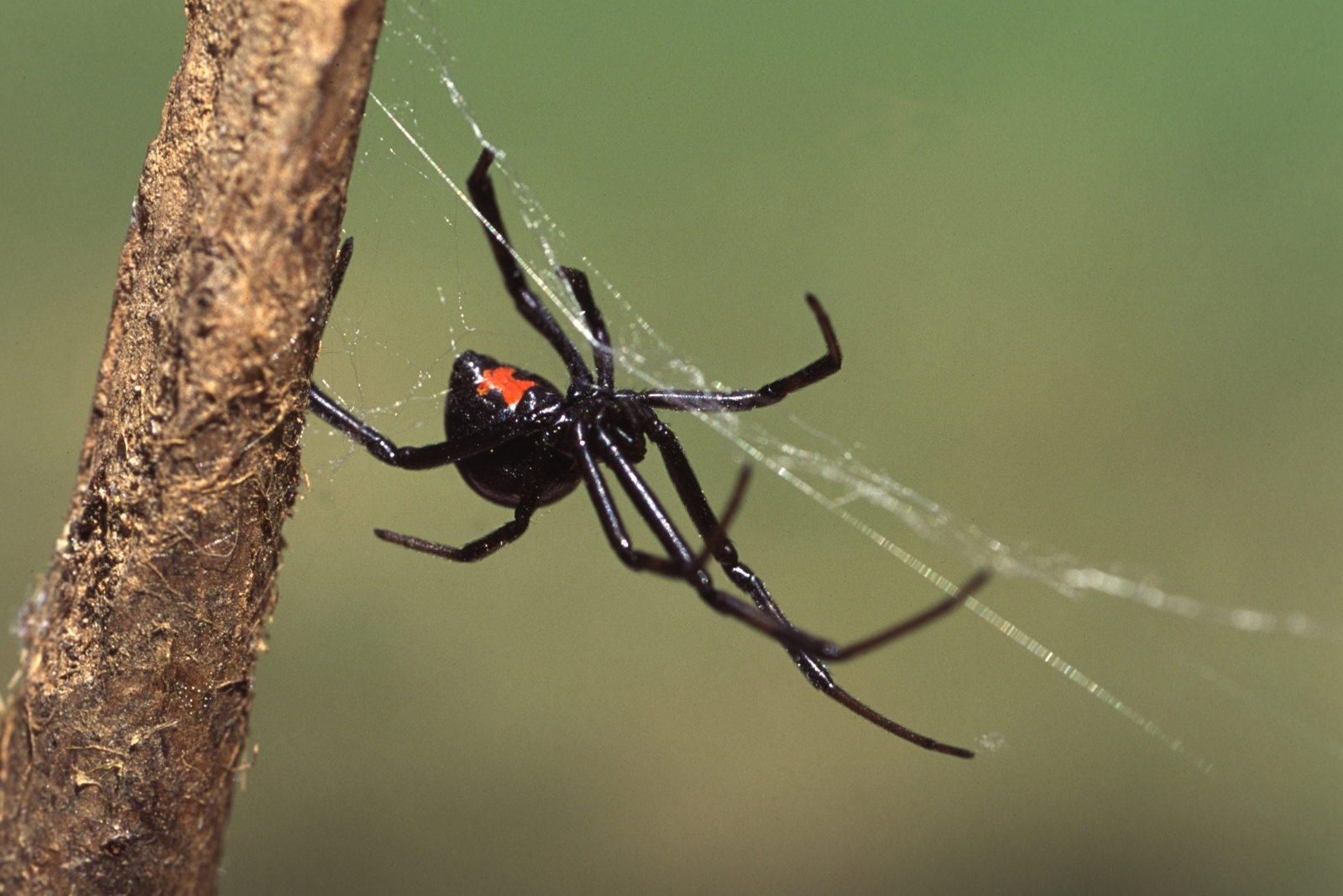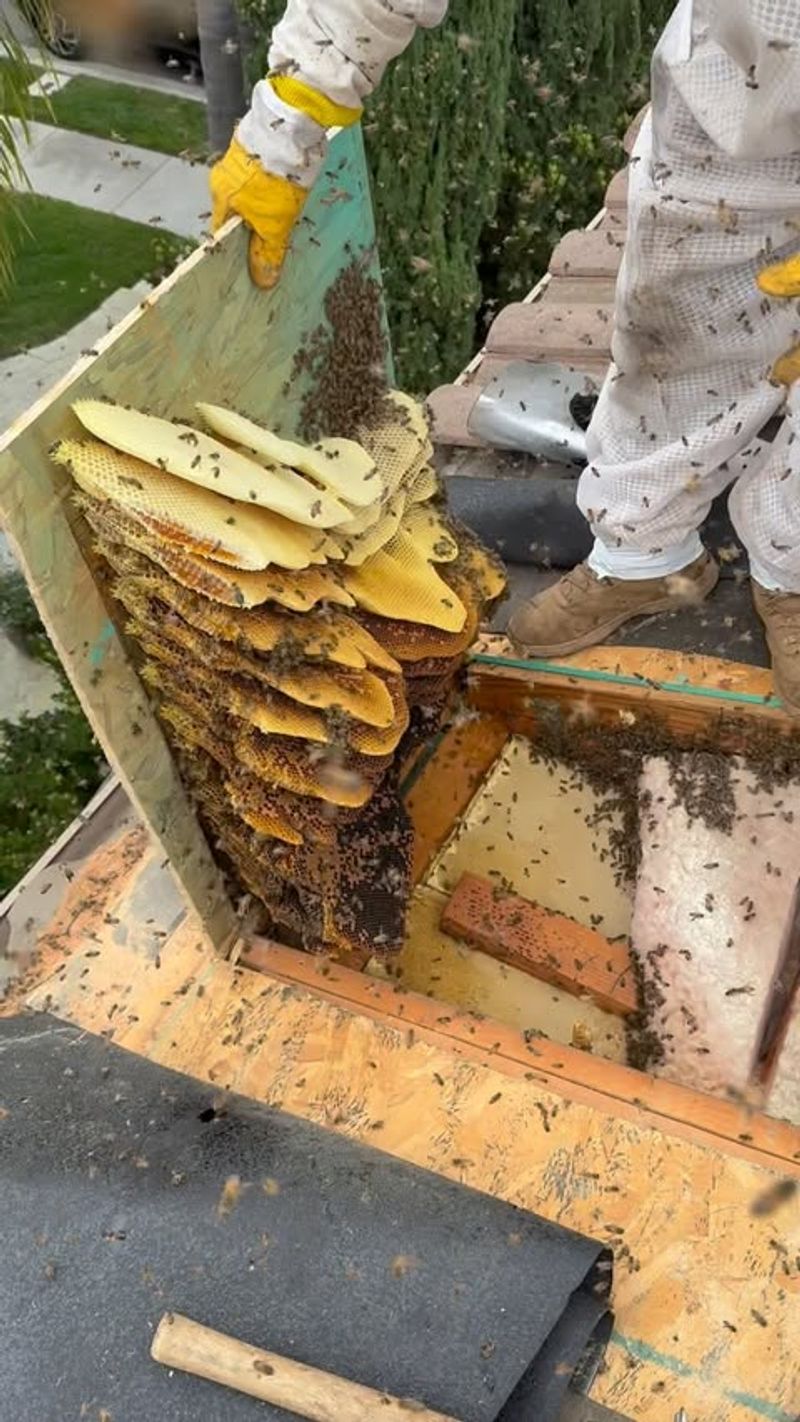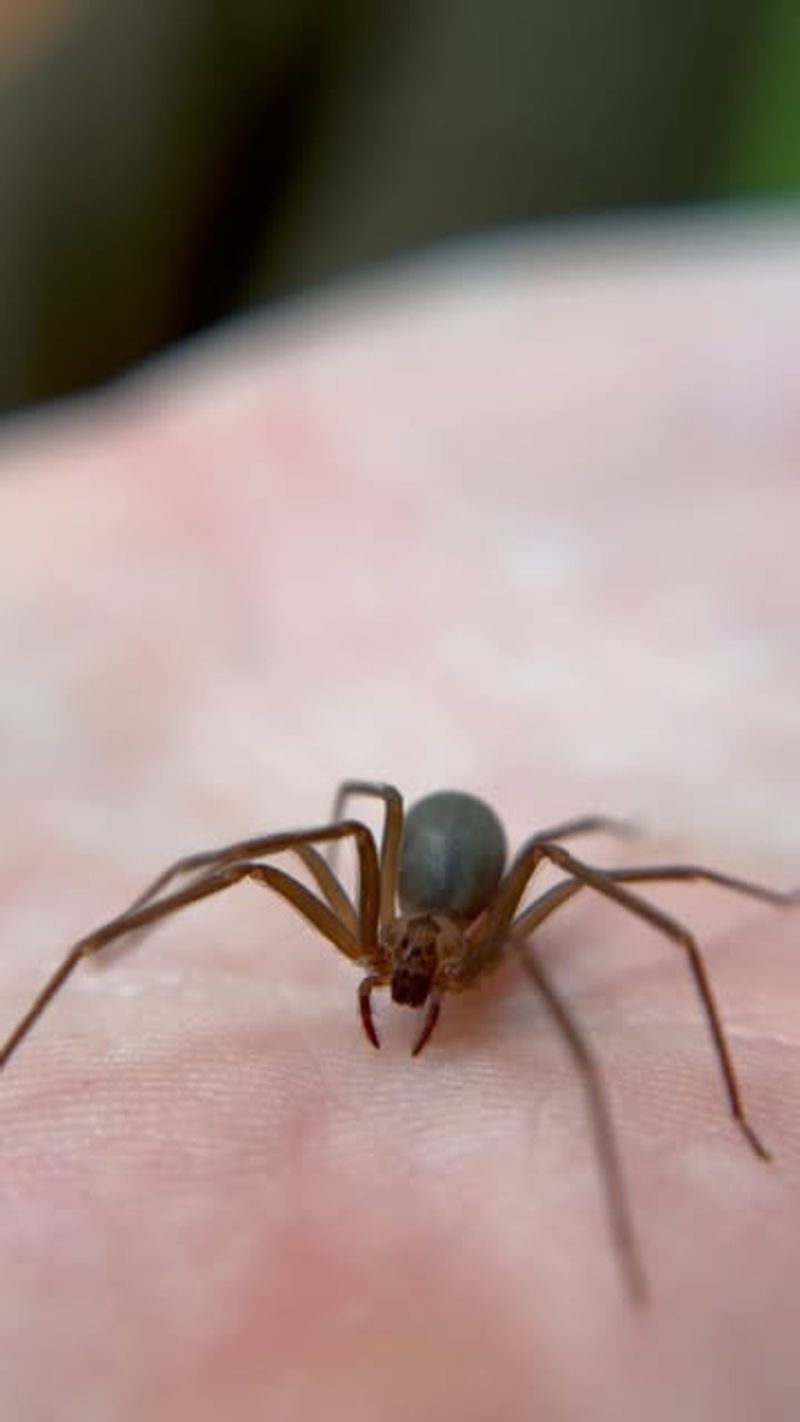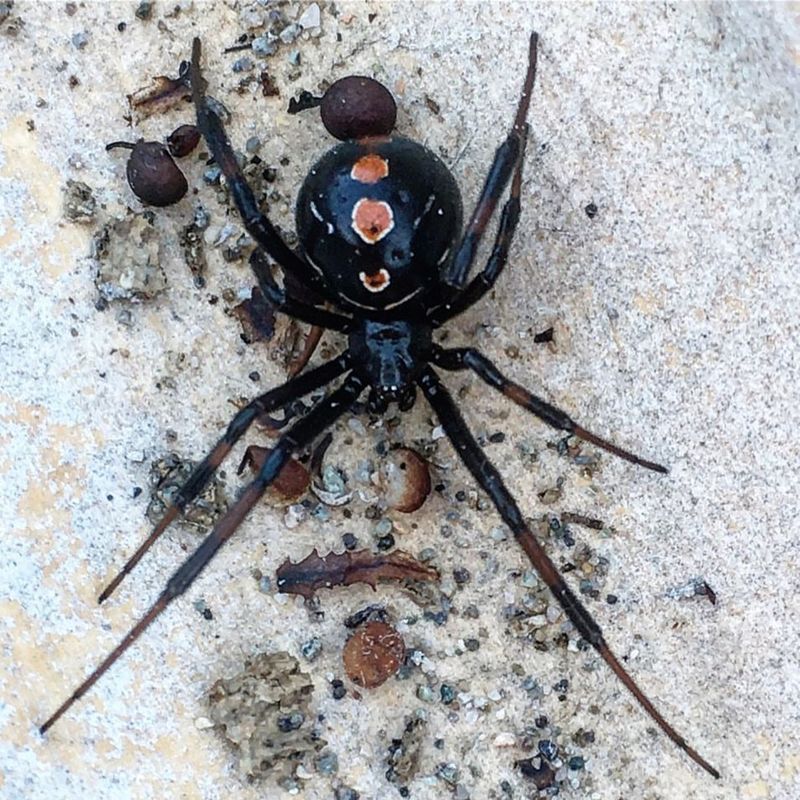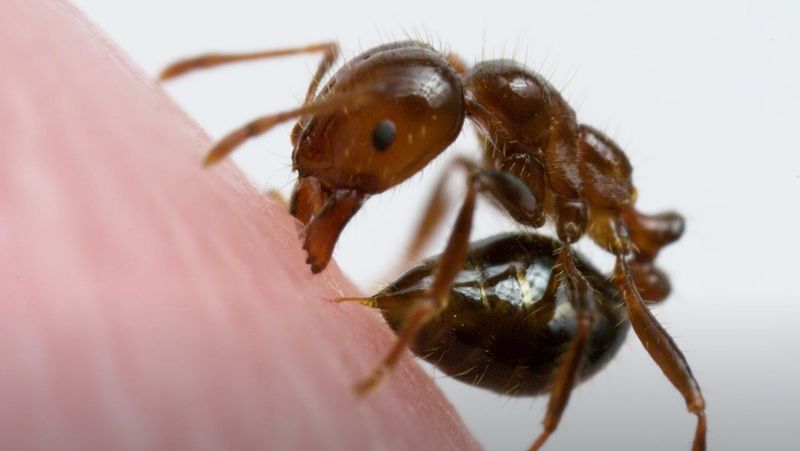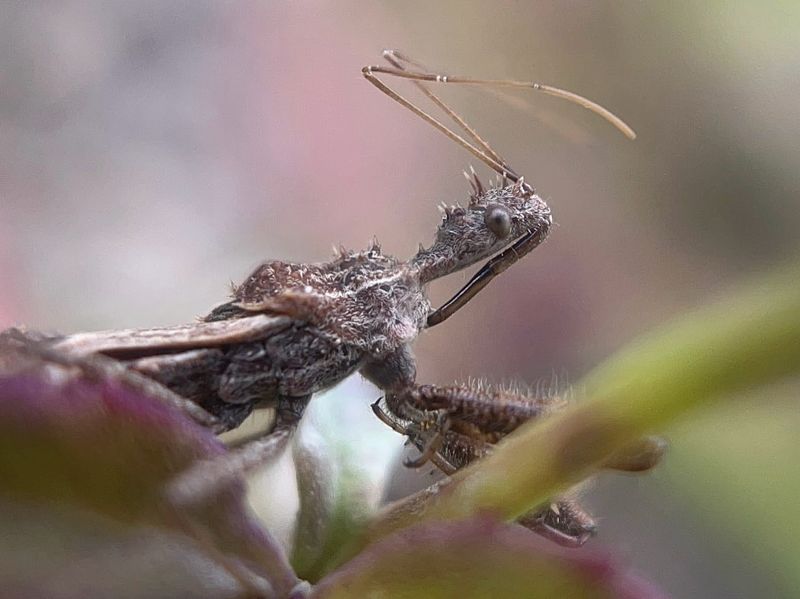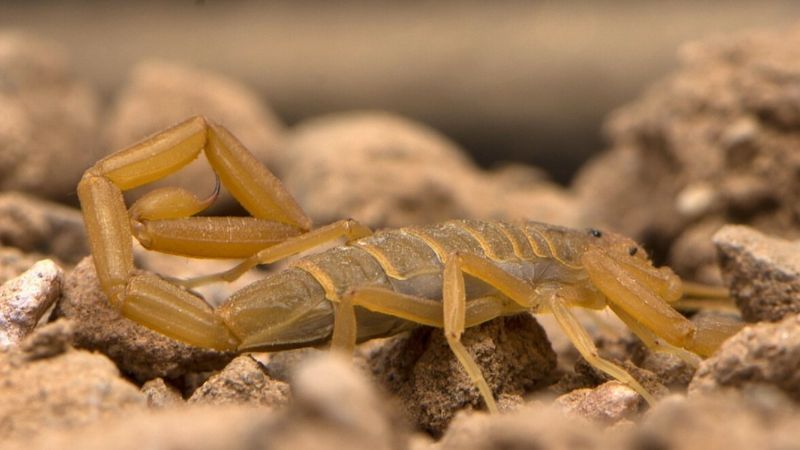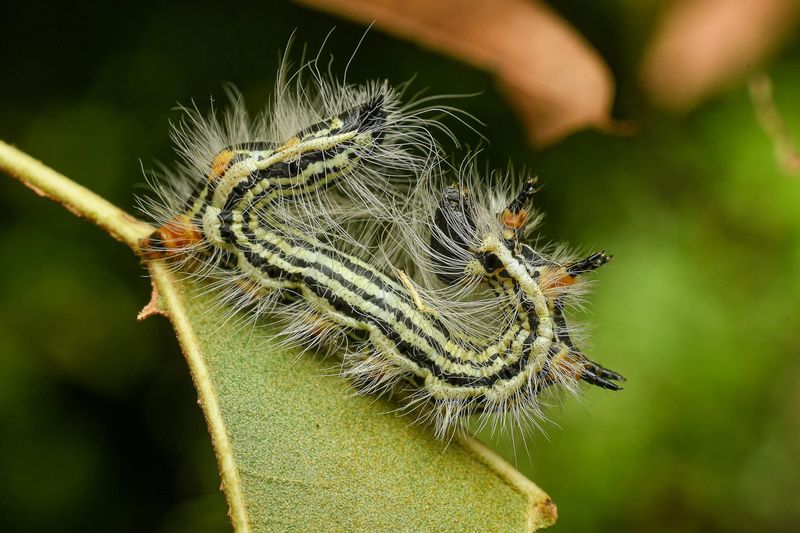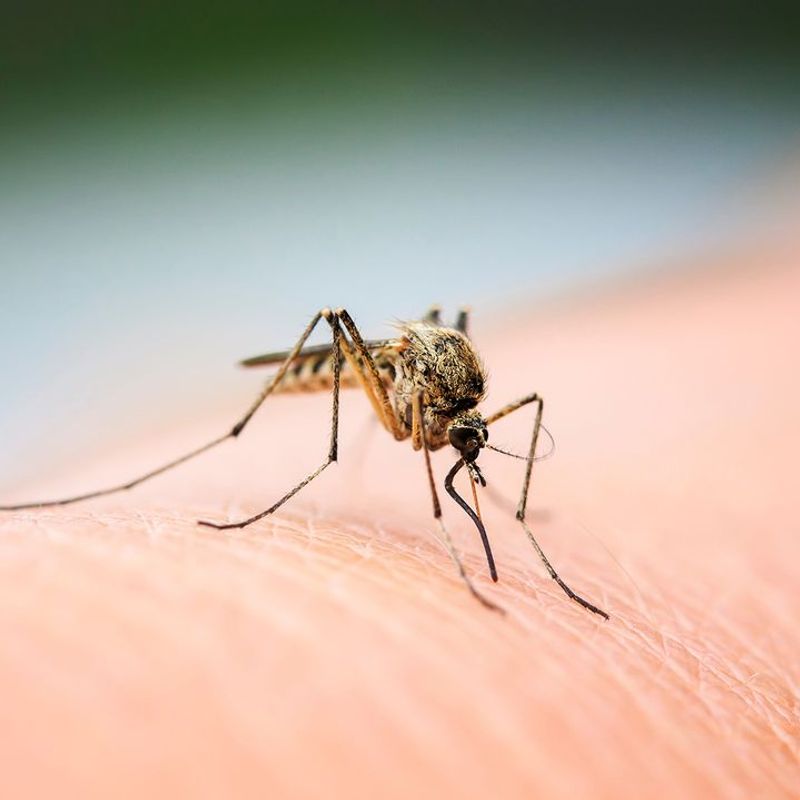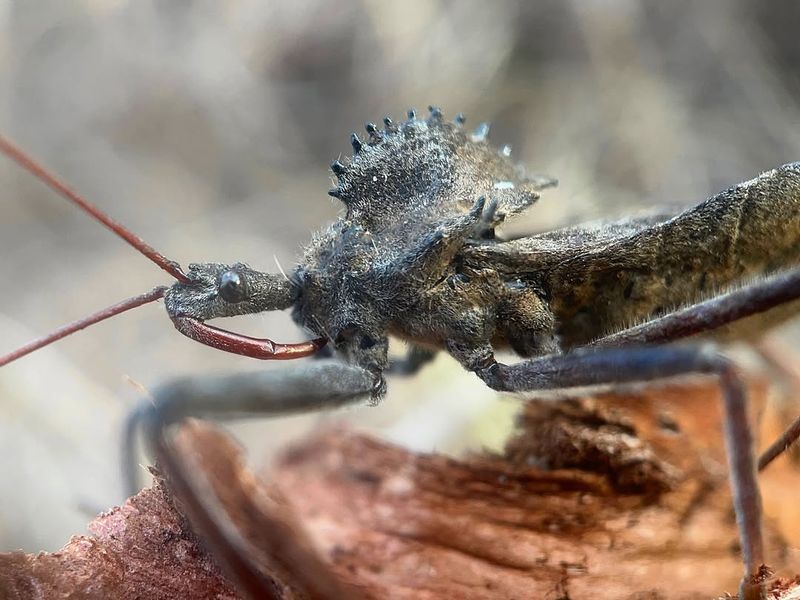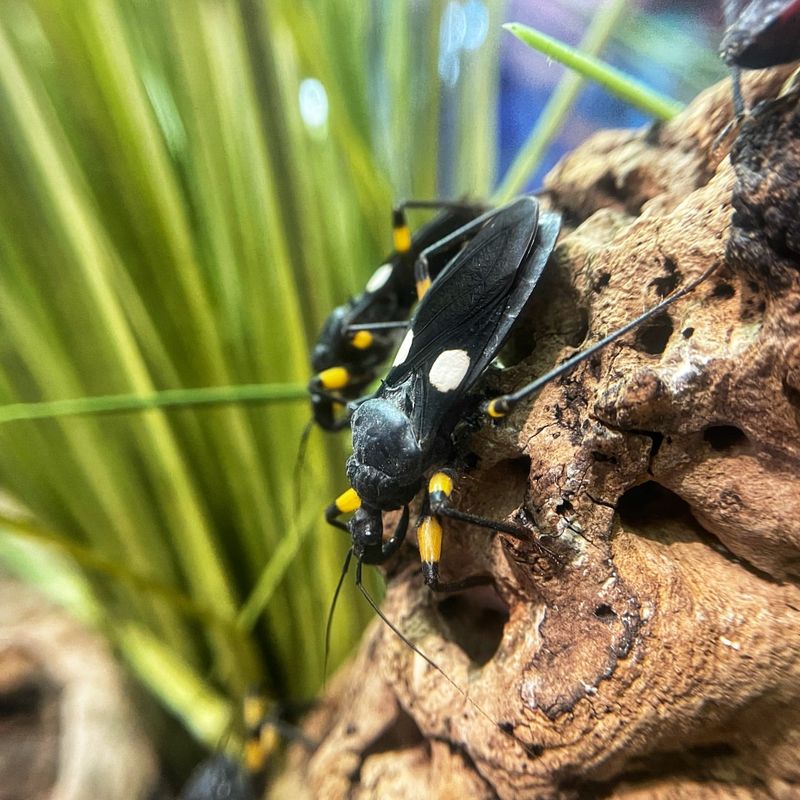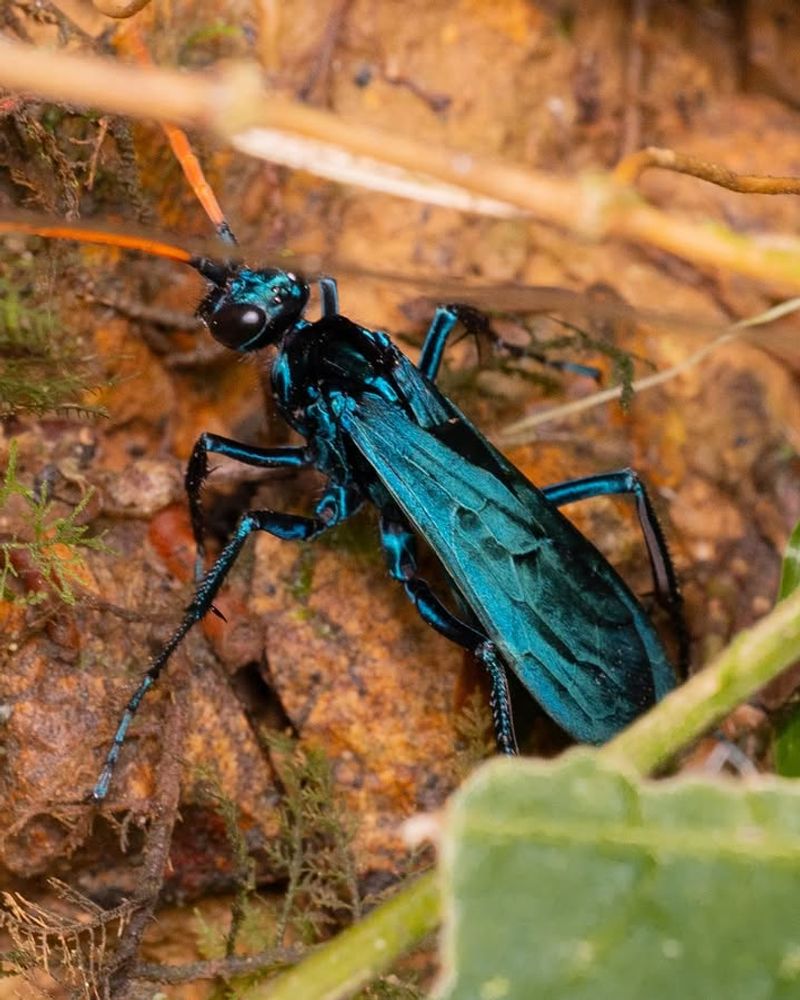Texas gardens are home to plenty of critters, but some are dangerous enough to need immediate attention. I’ve learned the hard way which insects to watch for.
Protecting your home and yard is easier with knowledge. Here are 11 insects every Texas gardener should act on quickly.
1. Africanized Honey Bees
Often called “killer bees,” these aggressive insects arrived in Texas during the 1990s and quickly spread across the state. Unlike regular honeybees, they attack in massive swarms when threatened and chase intruders for long distances.
Their venom isn’t stronger, but hundreds of stings at once can be deadly. Always call professionals if you find a hive near your Texas property.
2. Brown Recluse Spiders
Recognizable by the violin-shaped marking on their backs, brown recluses hide in dark corners throughout Texas homes. Their bite might not hurt at first, but the venom destroys skin tissue, creating nasty wounds that take months to heal.
Check shoes and clothing before wearing them, especially in garages and attics. Medical attention is crucial if bitten by one of these spiders in Texas.
3. Black Widow Spiders
With shiny black bodies and red hourglass markings underneath, black widows pack neurotoxic venom fifteen times stronger than rattlesnake poison. Texas residents often encounter them in woodpiles, sheds, and outdoor furniture.
Symptoms include severe muscle cramps, nausea, and difficulty breathing. Children and elderly people face the highest risk from bites. Remove webs immediately and wear gloves when working in dark Texas storage areas.
4. Fire Ants
Anyone who’s stepped on a fire ant mound in Texas knows the burning pain that follows instantly. Imported from South America, these reddish-brown ants swarm up your legs and sting all at once, injecting venom that creates painful white pustules.
Severe allergic reactions can occur, requiring emergency care. Treat mounds with approved insecticides and watch where Texas kids play outdoors to avoid these aggressive colonies.
5. Assassin Bugs
Don’t let the cool name fool you—assassin bugs carry a parasite that causes Chagas disease, a serious heart condition affecting thousands of Texans. Recognizable by their cone-shaped heads and long legs, they bite sleeping victims and defecate near the wound.
The parasite enters through scratching. Seal cracks around Texas homes and use screens on windows to keep these nighttime hunters outside where they belong.
6. Scorpions
Multiple scorpion species thrive in Texas, with the striped bark scorpion being most common and dangerous. Glowing under black light, they hide in shoes, bedding, and bathroom corners, striking with venomous tail stings when disturbed.
Pain, numbness, and breathing problems can result, especially in young children. Shake out clothing and check bedding nightly. Professional pest control helps manage scorpion populations around Texas properties effectively.
7. Asp Caterpillars
Looking like harmless fuzzy teddy bears, asp caterpillars are actually Texas’s most venomous caterpillar species. Hidden beneath their soft-looking hair are poisonous spines that deliver excruciating pain worse than bee stings or jellyfish.
Victims experience intense burning, swelling, and sometimes breathing difficulties. Found on trees throughout Texas, especially oaks, these caterpillars drop onto unsuspecting people below. Never touch fuzzy caterpillars, no matter how cute they appear.
8. Mosquitoes
Beyond annoying itchy bumps, Texas mosquitoes spread serious diseases like West Nile virus, Zika, and dengue fever. Standing water in flowerpots, gutters, and birdbaths creates perfect breeding grounds for thousands of disease-carrying mosquitoes.
Empty containers weekly and use repellent during dawn and dusk when they’re most active. Installing screens and eliminating standing water around Texas homes significantly reduces populations and disease transmission risks.
9. Wheel Bugs
North America’s largest assassin bug species, wheel bugs sport a distinctive cogwheel-shaped crest on their backs. While beneficial for eating garden pests, their defensive bite delivers intense pain lasting for hours, sometimes causing numbness.
Texas gardeners should admire these insects from afar and never handle them. Their curved beak injects powerful enzymes that liquefy prey tissue. Wear gloves when pruning plants where wheel bugs commonly hunt throughout Texas gardens.
10. Kissing Bugs
Named for biting people’s faces while they sleep, kissing bugs are another Chagas disease carrier found throughout rural Texas areas. Dark brown or black with orange or red stripes, they feed on blood and leave infected feces behind.
Symptoms may not appear for years, but heart damage progresses silently. Repair window screens, seal foundation cracks, and keep outdoor lights off to prevent attracting kissing bugs to your Texas home at night.
11. Tarantula Hawks
With metallic blue-black bodies and bright orange wings, tarantula hawks are stunning wasps that deliver one of the most painful stings on Earth. Ranking near the top of the Schmidt Pain Index, their sting causes immediate, blinding pain.
Fortunately, they’re not aggressive toward humans unless directly threatened. Common across Texas during summer months, these wasps hunt tarantulas for their larvae. Simply give them space and walk away calmly if encountered.

